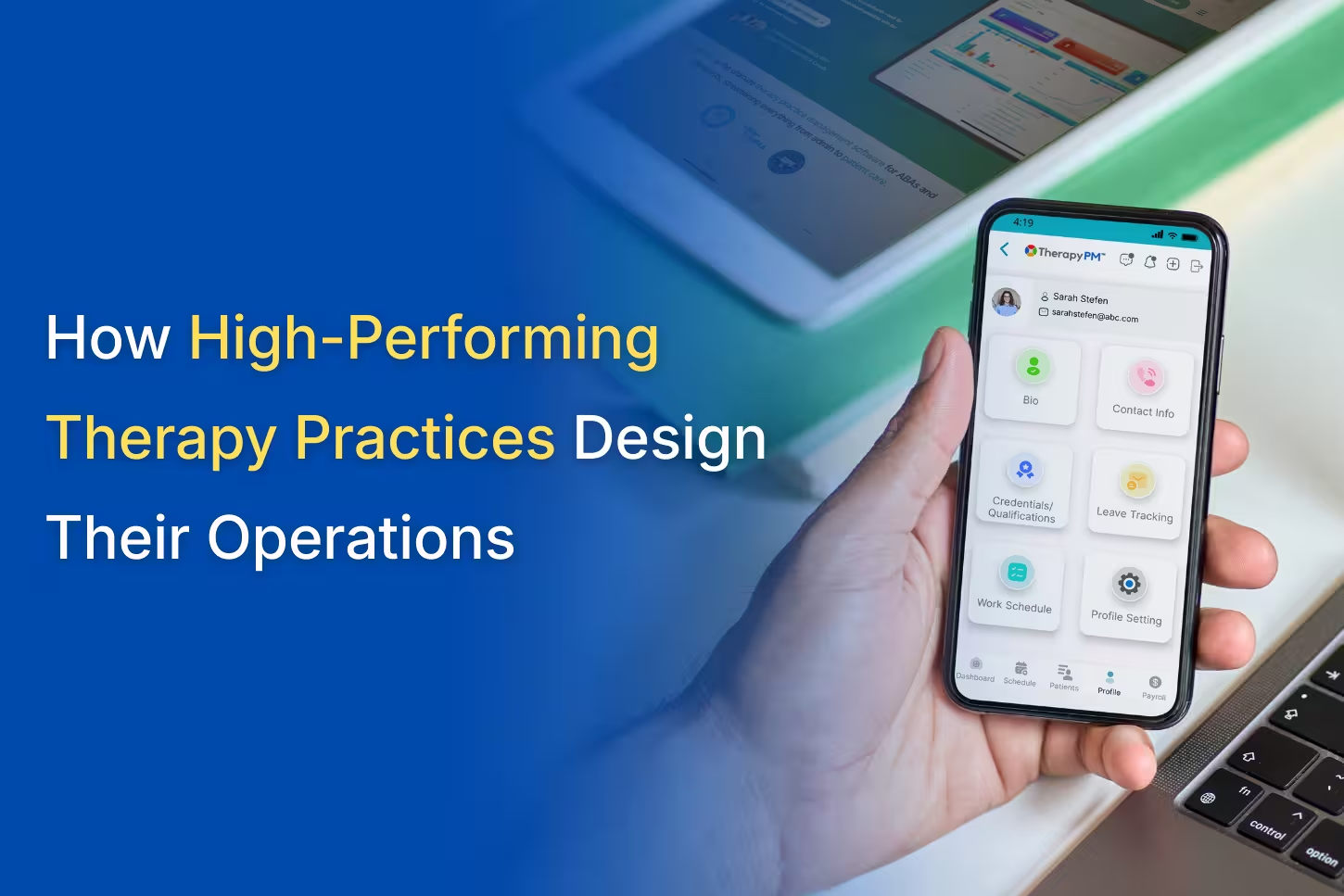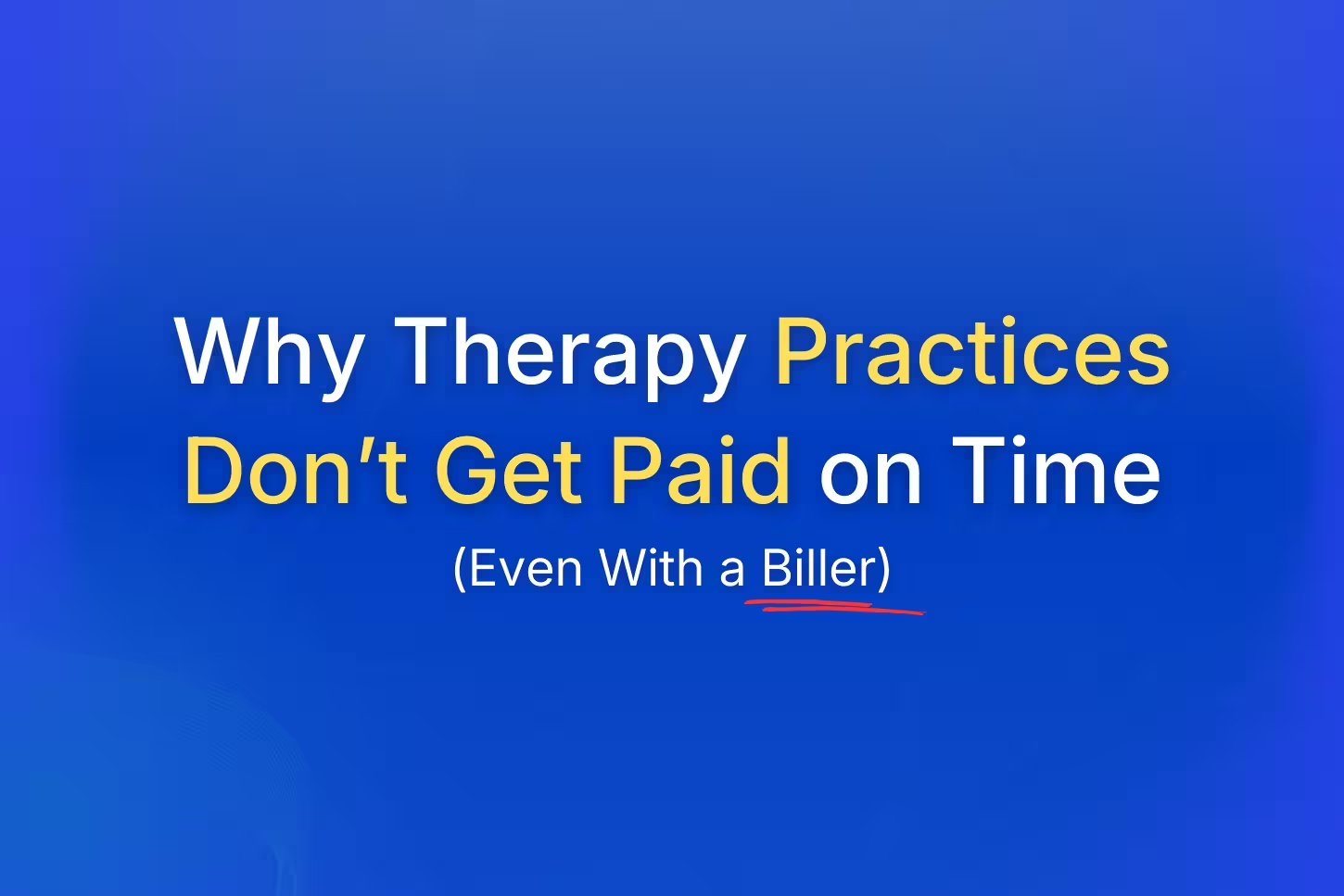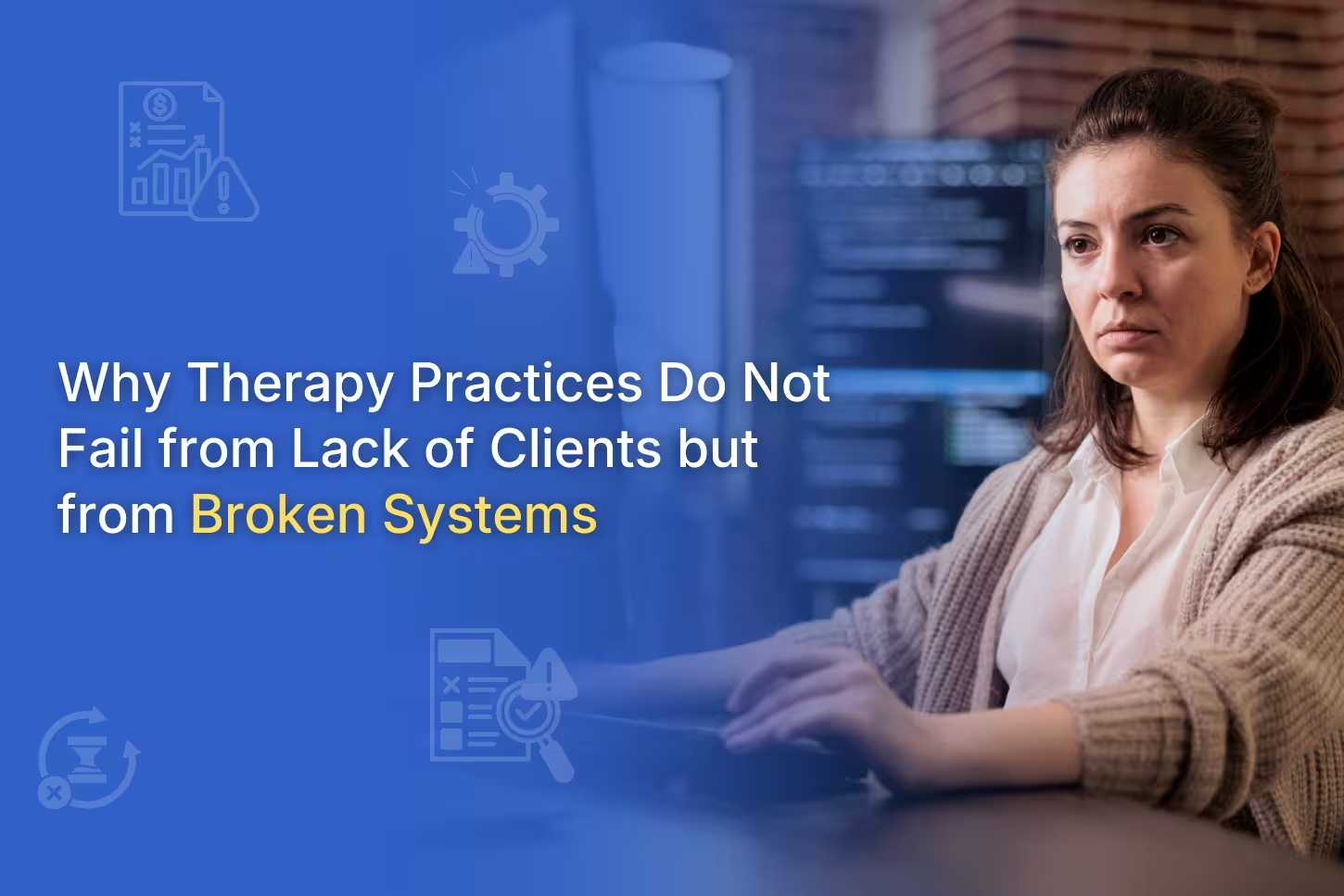
Easy to Implement Icebreakers for Effective Group Therapy!
Group therapy sessions can be quite intimidating for everyone involved. Bringing together people with different concerns can be overwhelming for all the participants. In such cases, making them feel grounded will help them be at ease, resulting in honest conversations.
So, as a therapist how to create a safe space and let people openly share what they feel in group therapy sessions?
This is where icebreakers come into play. These simple activities can help people relax, break down the initial barriers and help create open conversation among group therapy participants.
In this blog, we will look into the icebreakers in group therapy that you can readily use to create a supportive environment while conducting group therapy sessions.
Key Takeaways
- Discover actionable icebreakers that can promote comfort while conducting group therapy sessions for your clients.
- Learn to use icebreakers that foster trust among participants and help to create openness in the group.
- Create a supportive environment for your clients and make the collaboration process easier for them by using the ready-to-use icebreakers discussed here.
Types of Icebreakers in Group Therapy
Each group therapy addresses unique needs. Using a variety of icebreakers can help participants feel engaged and have candid conversations with no filters.
Here are the 5 different icebreakers with examples.
-
Personal Reflection Activities
These icebreakers help to create a reflective and introspective atmosphere by encouraging participants to consider their feelings and experiences. It allows participants to feel at ease and helps them share what they are going through at their comfort level.
Examples:
One-Word Check-In
Each person present in the group shares a single word describing how they are feeling that day. This is a simple conversation starter and helps the group to gauge the overall mood.
Gratitude Circle
Here, participants share one thing that they are truly grateful for. This activity helps promote positive thinking among participants and enables them to comfortably share personal emotions.
-
Team-Building Exercises
These icebreakers build trust and cooperation among the participants.These activities suit groups that focus on shared goals (e.g., managing emotions) or support each other through similar challenges (e.g., breaking a bad habit).
Example:
Shared Goals Exercise
During this activity, each participant pairs up with someone in the group and shares a personal goal relevant to the therapy topic (e.g. I want to manage my panic attacks better). The paired-up partners discuss their goals together and each person introduces their partner’s goal to the people present in the session. This activity fosters empathy among session participants and helps them recognize common goals within the group.
Collaborative Storytelling
Facilitators choose a common theme (e.g., overcoming intrusive thoughts) for the session and ask participants to create a group story. Each member of the group adds a sentence to the shared story. This is a creative exercise and helps promote team spirit and active listening.
-
Fun Fact Sharing
These icebreaker sessions let the participants share light-hearted elements among the group. Facilitators often use these to lighten the mood and casually break initial barriers.
Example
Two Truths and a Lie
Here participants share three statements out of which two are Truths and one is a Lie. The group members then guess which two are true and which one is a lie. This adds fun to the therapy session and helps the participants know minute details about their group members.
Favorite Things
Each person shares things that are their favorite to the group. It can be a hobby, book, or food. This activity builds rapport and creates a friendly environment among group members.
-
Emotion-Based Icebreakers
These icebreakers help the participants gauge their current emotions and connect with what they are feeling at the moment.
Example
Emoji Feelings
Facilitators give participants a set of emojis (Happy, Sad, Mixed, Angry, Confused, etc.) to represent their feelings. It is difficult for participants to verbalize and open up to others in the group session. This activity thus uses a visual element that makes it easier for them to share emotions.
Object Association
This is the most subjective ice-breaking strategy listed here. Facilitators provide participants in the room with a set of objects to choose from. They should choose one object and explain how it represents their current emotion. This encourages critical thinking of participants and helps them to share more deeply about themselves.
Using a combination of the icebreaker strategies discussed here will create a supportive environment for the participants and help them be fully present and engaged in the session.
Effectively Facilitating Icebreakers in Group Therapy
Facilitators should guide icebreakers well, as they can set the right tone for group therapy sessions. Effectively facilitating will make them feel comfortable and let them share what they feel without hesitation.
Some tips for effectively facilitating group therapy sessions are:
- Enable the participants to understand the value of icebreaker sessions by explaining their purpose. This will help them feel comfortable and contribute effectively to support session goals.
- Analyze the group’s dynamics. Start with low-risk / easy-to-do icebreakers before moving to the ones that require deeper sharing.
- While everyone’s contribution is important, allow participants to take a break or opt out of icebreaker sessions if they feel uncomfortable. This will let the participants know you value their boundaries which helps to foster trust.
- Make sure participants can complete the activity quickly and without feeling overwhelmed.
- Reflect upon the icebreaker conducted and ask the participants to share how they feel after completing it. You can take their inputs as feedback and work on them to improvise in future sessions.
Final Thoughts
Group therapies are more effective than individual therapy as they help to reduce the stigma associated with mental health. Open and honest communication is the key to conducting effective group therapy sessions. Icebreakers are one of the powerful tools that help to promote open and honest communication by creating solidarity among participants. Well-facilitated activities can ease initial tensions and build a sense of shared purpose.
As a therapist, learn to use effective icebreakers that make every participant in the group heard and valued. Integrating these icebreakers strategically can create a significant difference in the sessions you are conducting and transform a group of strangers into a cohesive support system.
Make the most out of your group therapy sessions with TherapyPM, the all-in-one practice management software for all your needs. Streamline group therapy session notes, manage client records with ease and spend more time focussing on client wellbeing.





